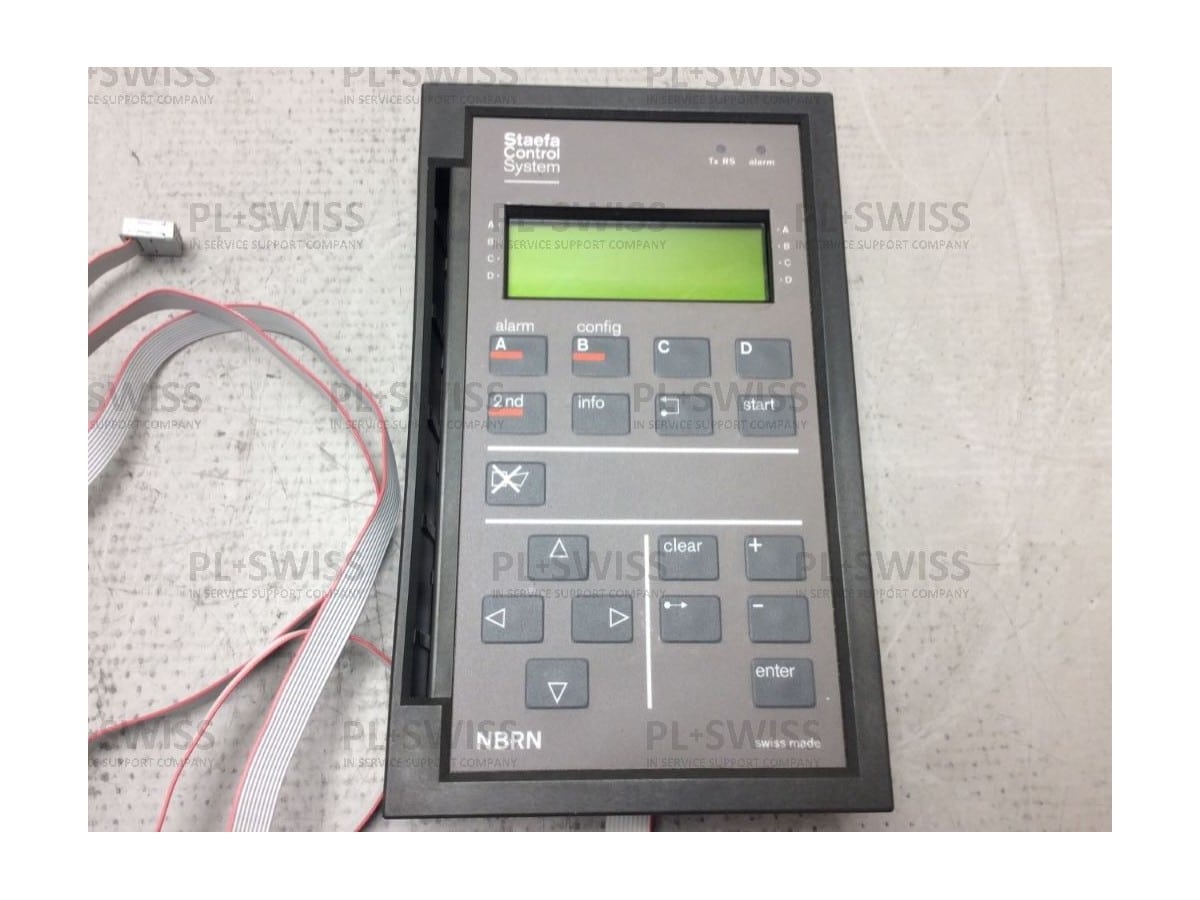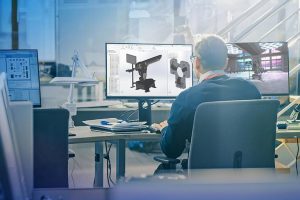
Staefa Control System: Optimizing Building Automation and Energy Efficiency
In modern commercial and industrial buildings, efficient control systems are essential to maintain comfort, energy savings, and operational performance. The Staefa control system has emerged as a trusted solution for building automation, providing precise monitoring and management of heating, ventilation, air conditioning (HVAC), and other critical building functions. Understanding the capabilities and advantages of a Staefa control system is vital for facility managers, engineers, and business owners aiming to enhance building performance while reducing operational costs.
Understanding Staefa Control System Technology
The Staefa control system is a sophisticated building management solution that integrates multiple aspects of a facility’s operation. Designed to optimize HVAC systems, the platform allows operators to monitor temperatures, humidity levels, and air quality across different zones in a building. By using advanced sensors and programmable logic, the system can adjust equipment performance in real-time, ensuring optimal comfort and efficiency.
One of the key strengths of the Staefa control system is its adaptability. It can be applied to a variety of environments, from commercial offices and retail spaces to industrial plants and hospitals. The system’s modular design allows it to be customized to the specific needs of each facility, whether managing a single building or an entire campus. This flexibility makes the Staefa control system a reliable investment for organizations seeking long-term energy savings and operational control.
Integration is another important feature of the Staefa control system. It can interface with other building management systems and third-party devices, providing centralized control over lighting, security, and energy management. This interconnected approach enables facility managers to make data-driven decisions, optimize energy usage, and respond quickly to maintenance issues.
Benefits of Implementing a Staefa Control System
Implementing a Staefa control system provides multiple benefits that go beyond simple automation. First and foremost, it enhances energy efficiency. By continuously monitoring and adjusting HVAC operations, the system reduces unnecessary energy consumption, lowering utility bills and minimizing environmental impact. Buildings equipped with a Staefa control system can achieve significant energy savings while maintaining a comfortable and productive environment for occupants.
Operational efficiency is another major advantage. The Staefa control system allows maintenance teams to detect and address issues proactively before they escalate into costly repairs or equipment downtime. Automated alerts and remote monitoring capabilities ensure that any deviations from optimal performance are quickly identified, enabling timely intervention. This not only improves system reliability but also extends the lifespan of critical building equipment.
Occupant comfort is directly improved through the precise control offered by the Staefa control system. The ability to regulate temperature, airflow, and humidity in different zones ensures that occupants experience consistent comfort throughout the facility. In commercial spaces, this can enhance employee productivity and satisfaction, while in public or healthcare facilities, it contributes to a safe and healthy environment.
Choosing the Right Staefa Control System for Your Facility
Selecting the appropriate Staefa control system requires careful consideration of the building’s specific needs. Facility size, type of HVAC equipment, and operational requirements are critical factors in determining the system configuration. Consulting with an experienced systems integrator or Staefa-certified technician can ensure that the system is correctly designed, installed, and programmed to maximize efficiency and performance.
Training and support are also important when implementing a Staefa control system. Staff responsible for managing the system must understand its capabilities and operation to take full advantage of its features. Ongoing technical support and software updates help maintain system reliability and incorporate improvements in building automation technology.
Staefa Control System Maintenance and Optimization
Maintaining a Staefa control system is essential to ensure its long-term effectiveness. Regular inspections, calibration of sensors, and software updates help the system operate at peak efficiency. Predictive maintenance tools integrated into the system allow facility managers to schedule service proactively, reducing unplanned downtime and costly emergency repairs.
Optimization is another benefit of continuous system management. As building usage patterns change over time, the Staefa control system can be adjusted to accommodate new requirements, such as modified occupancy schedules or energy-saving initiatives. By leveraging historical data and analytics, operators can fine-tune system performance to achieve both comfort and efficiency goals.
In addition, the Staefa control system provides valuable reporting and data visualization tools. These insights enable management to track energy usage, identify inefficiencies, and make informed decisions to improve building performance. Over time, this leads to both operational cost savings and enhanced sustainability.
The Staefa control system has proven to be a reliable solution for building automation and energy management. Its combination of adaptability, efficiency, and ease of integration makes it suitable for a wide range of facilities. By investing in this technology, organizations can achieve optimal comfort, reduce energy consumption, and ensure long-term reliability of critical building systems.
Staefa control systems represent the next level of building automation, offering sophisticated tools to manage HVAC operations and other facility functions. Their precise control, energy efficiency, and adaptability make them a valuable component of modern infrastructure. By implementing and maintaining a Staefa control system, facility managers can enhance operational efficiency, improve occupant comfort, and contribute to sustainable building practices.


